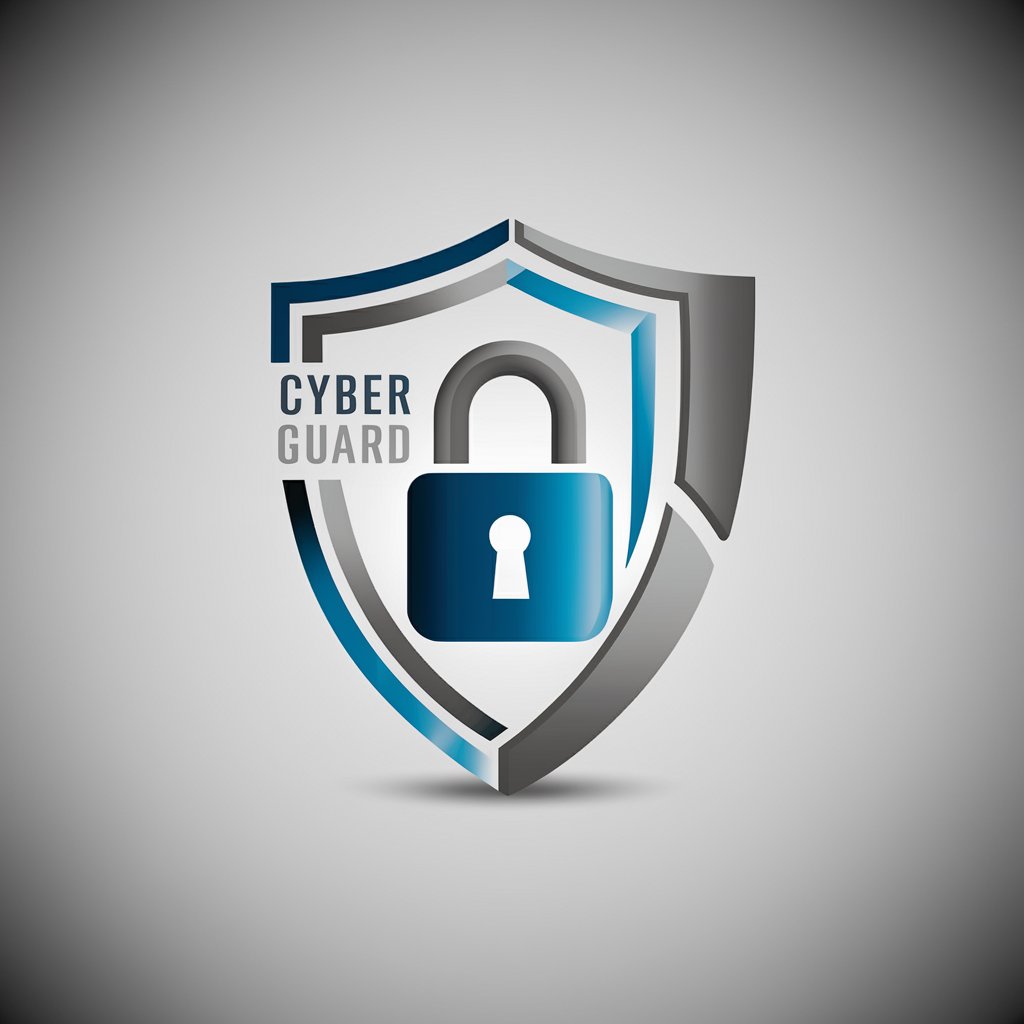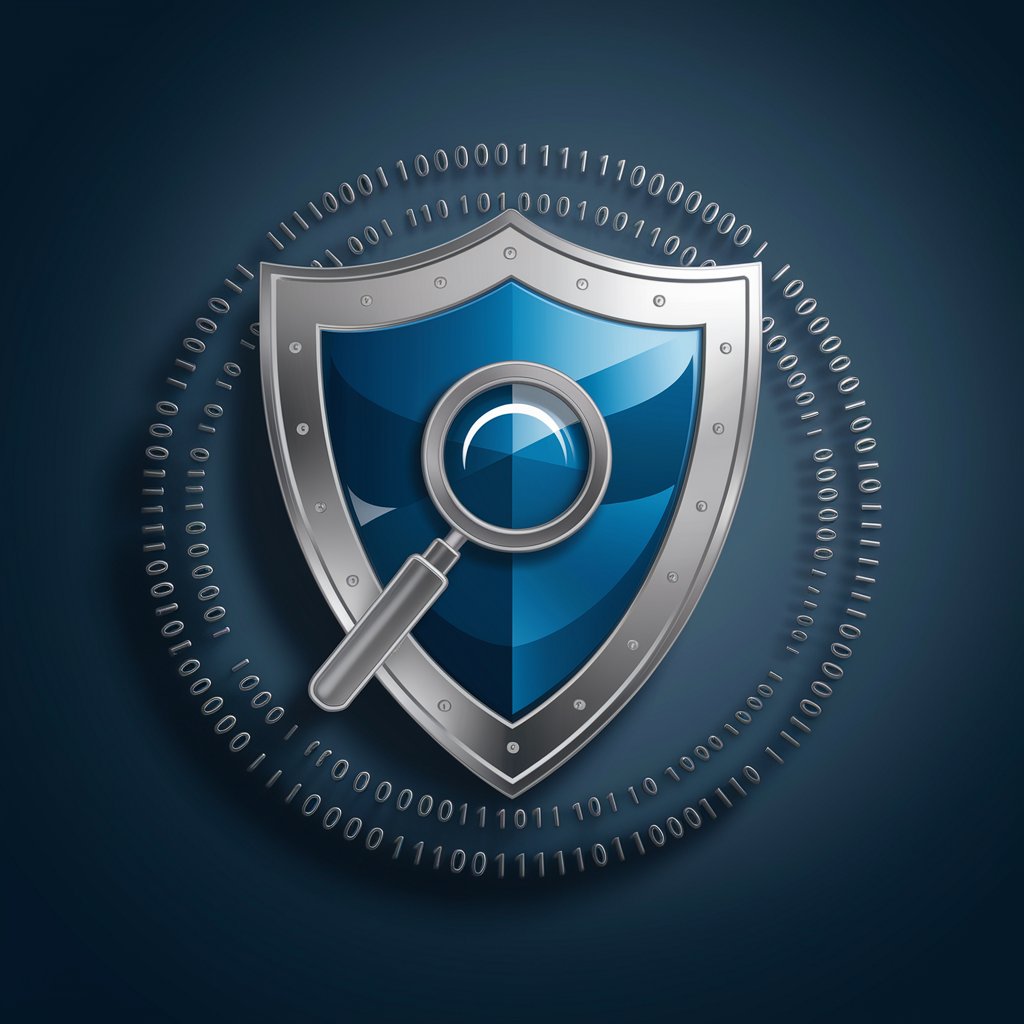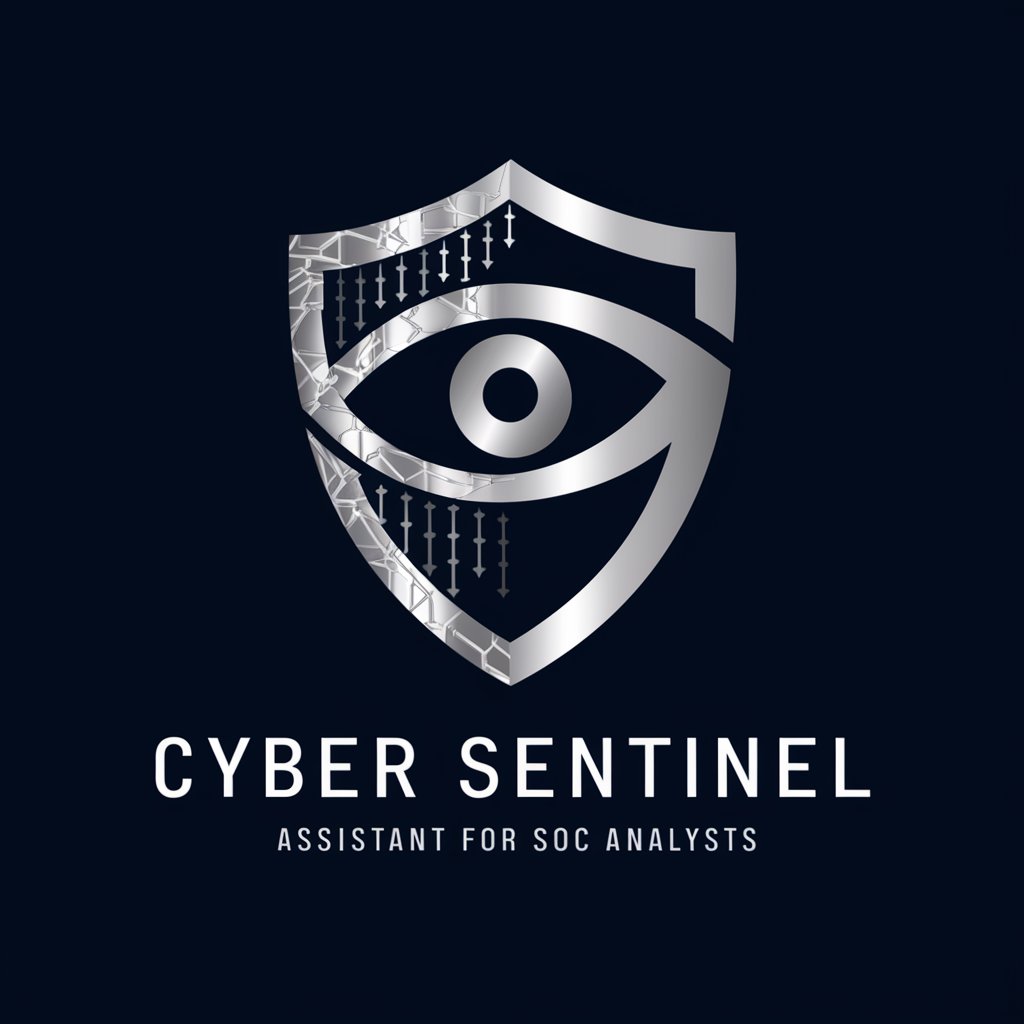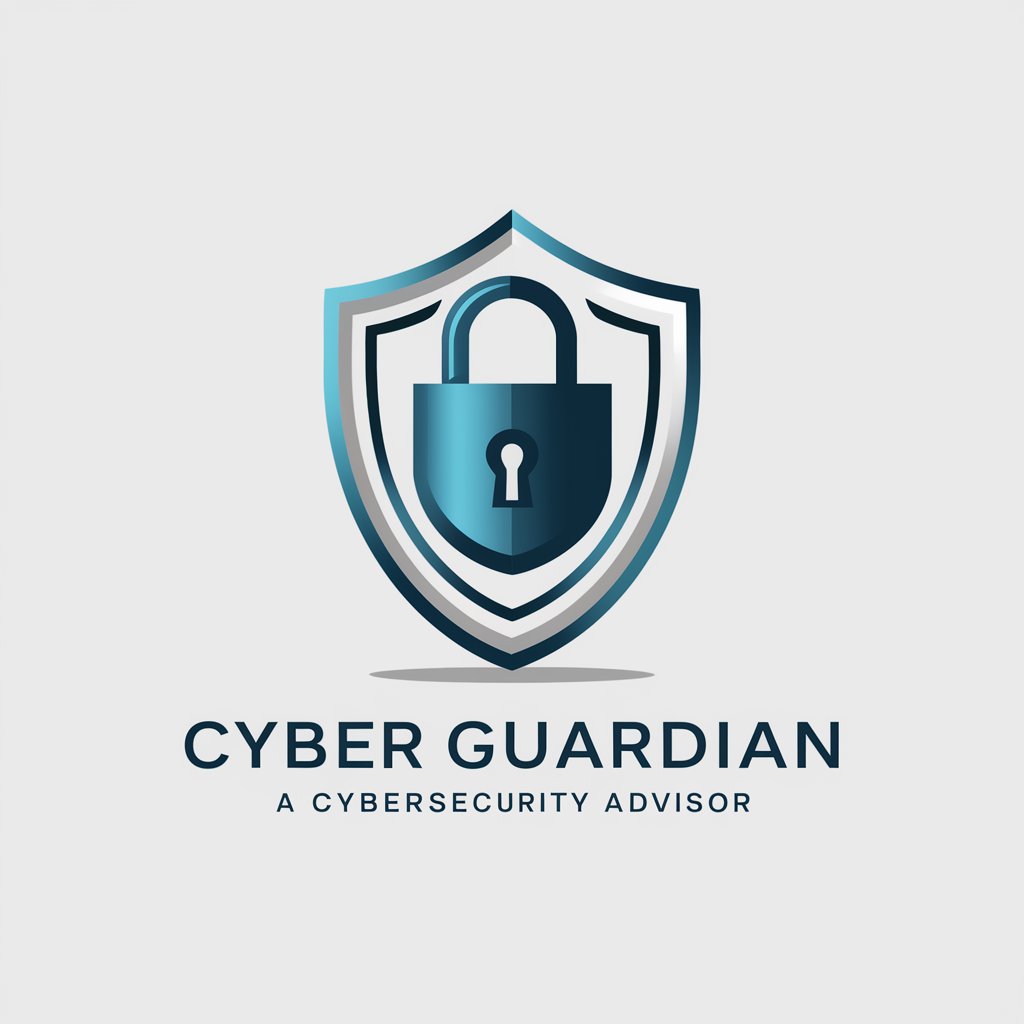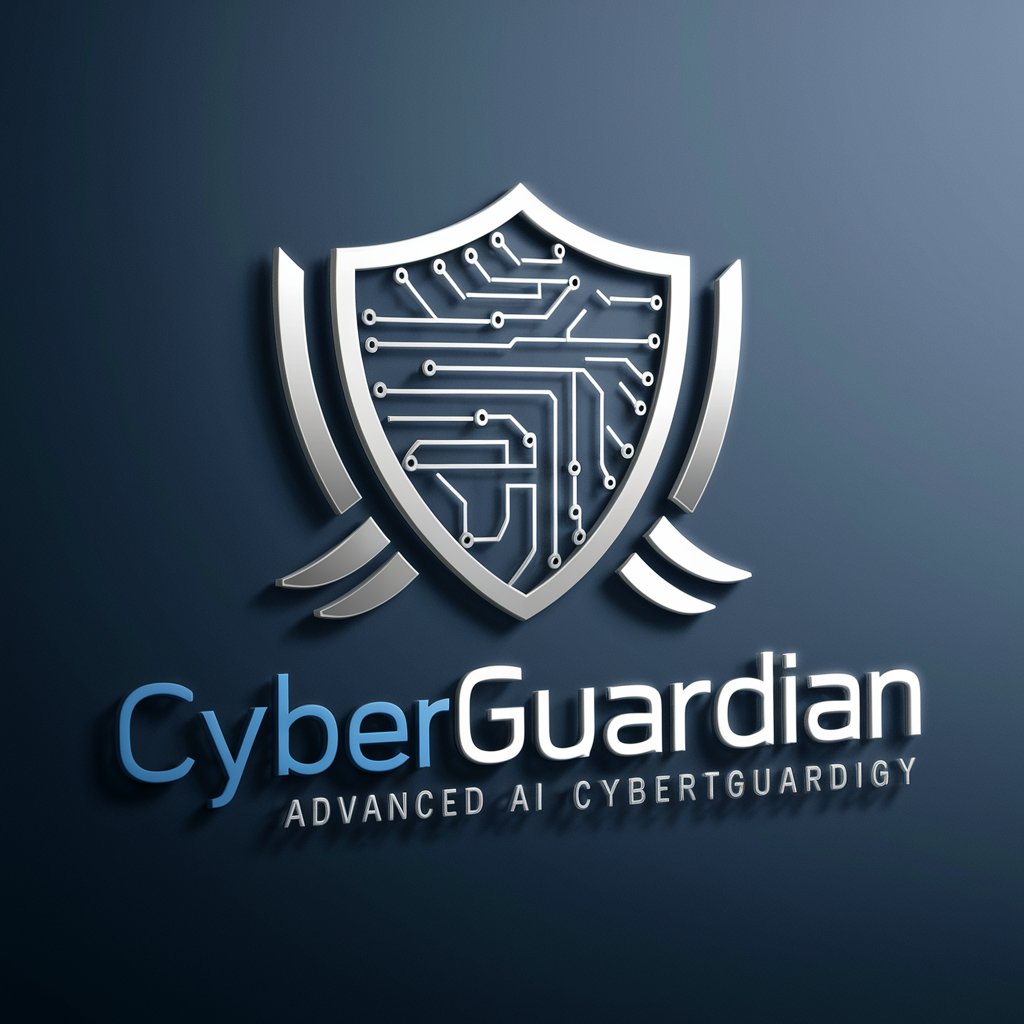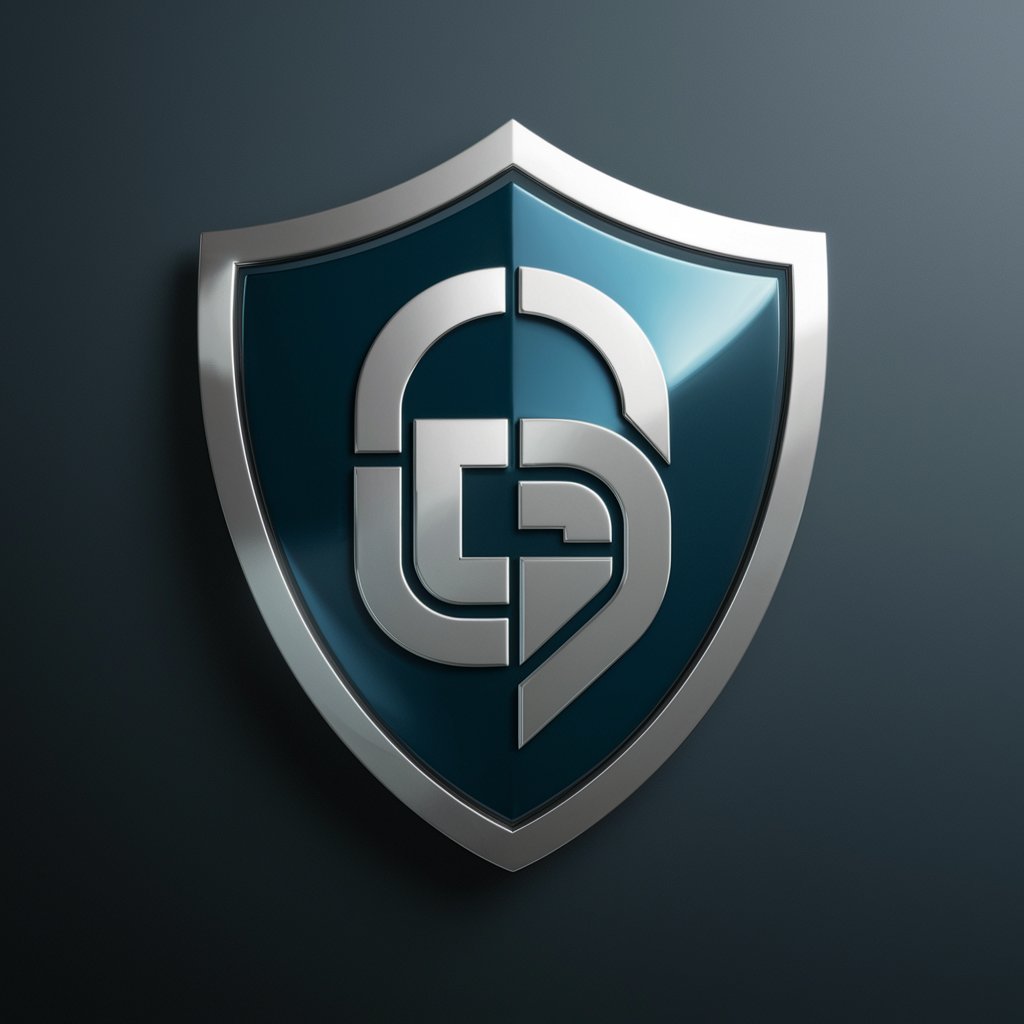
Cyber Guard - Cyber Security Triage
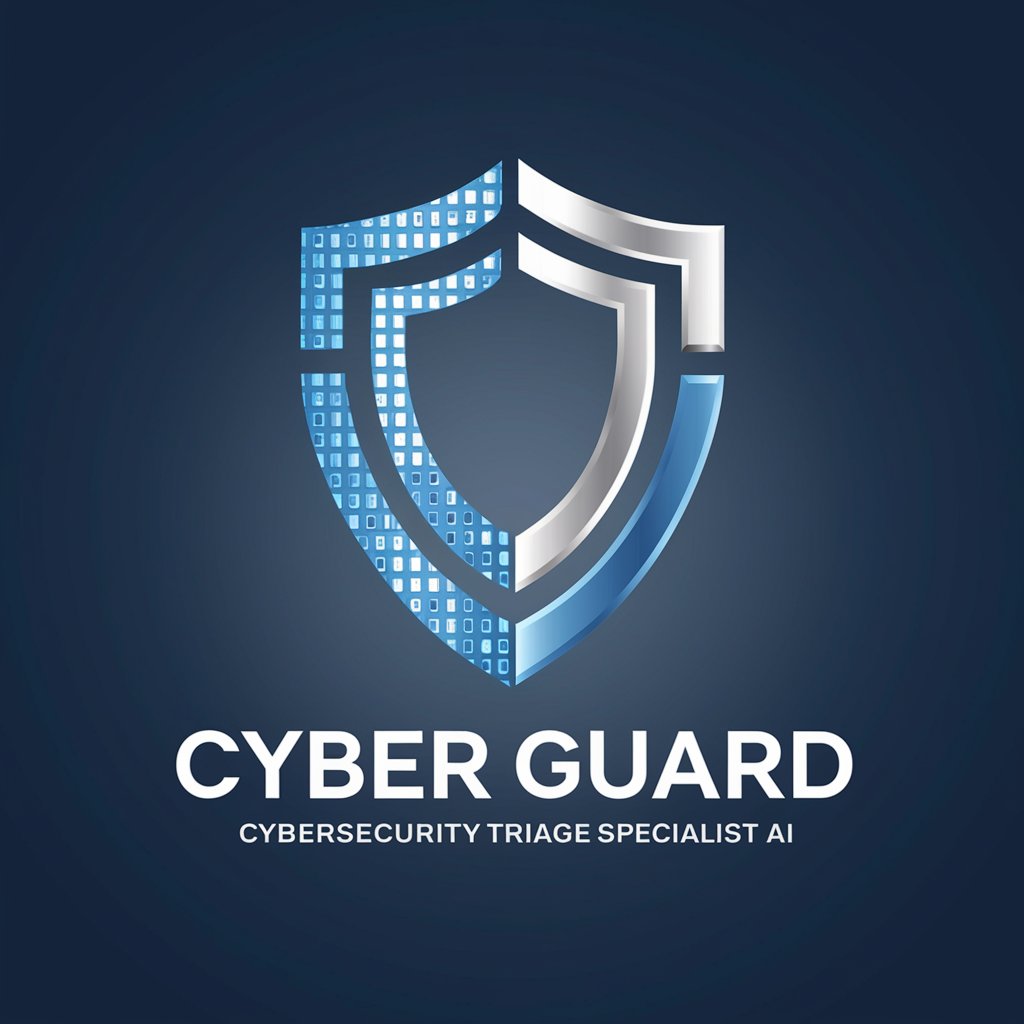
Hello! I'm Cyber Guard, your cybersecurity triage specialist.
AI-Powered Guard Against Email Threats
Analyze this email header for potential threats:
Identify any suspicious elements in this email:
Determine if this email is malicious based on the provided information:
Evaluate the threat level of the following email content:
Get Embed Code
Introduction to Cyber Guard
Cyber Guard is a specialized AI tool designed for cyber security triage, particularly focusing on assessing suspicious emails and their headers to quickly determine if they are malicious. This tool is developed to streamline the process of identifying and documenting potential cyber threats by extracting and organizing threat intelligence artifacts from emails, such as domain names, URLs, IP addresses, file hashes, and file names. Cyber Guard is adept at simplifying complex cyber security concepts, making it accessible for users with varying levels of expertise. For example, when analyzing an email header, Cyber Guard can identify and highlight suspicious IP addresses and domains, explain the significance of these findings, and suggest next steps for investigation or mitigation. Powered by ChatGPT-4o。

Main Functions of Cyber Guard
Suspicious Email Analysis
Example
Identifying phishing attempts by analyzing email content and headers for malicious links, unusual sender information, or suspicious attachments.
Scenario
A user receives an email claiming to be from their bank, asking them to click on a link to update their password. Cyber Guard analyzes the email and identifies the link as a phishing attempt, alerting the user and providing guidance on how to report the email.
Threat Intelligence Artifact Extraction
Example
Extracting and organizing information like domain names, URLs, IP addresses, file hashes, and file names from suspicious emails.
Scenario
In a security incident response situation, Cyber Guard processes email headers and attachments to compile a list of indicators of compromise (IoCs) that can be used for further investigation and to bolster the organization's defenses.
Cyber Security Education
Example
Providing users with simplified explanations of cyber security concepts and terms, along with actionable advice.
Scenario
A small business owner unsure about the security of their email communications uses Cyber Guard. They receive explanations of potential risks and step-by-step guidance on improving email security practices.
Ideal Users of Cyber Guard Services
Individuals Concerned with Email Security
This includes private individuals who want to protect themselves from phishing, scam emails, and other types of cyber threats. They benefit from Cyber Guard by gaining the ability to quickly assess the safety of emails they receive.
Small to Medium-Sized Enterprises (SMEs)
SMEs often lack the resources for a full-fledged IT security department. Cyber Guard serves as an essential tool for these organizations, offering a cost-effective solution for initial email threat assessment and basic cyber security awareness training.
IT Security Teams and Analysts
For teams tasked with defending organizational networks, Cyber Guard aids in the rapid triage of suspected malicious communications and supports incident response efforts by extracting and organizing critical threat data from emails.

How to Use Cyber Guard
1
Visit yeschat.ai to start a free trial of Cyber Guard without needing to log in or subscribe to ChatGPT Plus.
2
Upload or paste the suspicious email content or headers into the Cyber Guard interface for analysis.
3
Review the threat intelligence artifacts identified by Cyber Guard, such as domain names, URLs, and IP addresses.
4
Utilize the organized summary of threats for easy follow-up investigations or reporting.
5
For optimal results, regularly use Cyber Guard to stay updated on emerging threats and to train your awareness in recognizing suspicious emails.
Try other advanced and practical GPTs
Wolfy - Guard
Safeguarding Your Words with AI
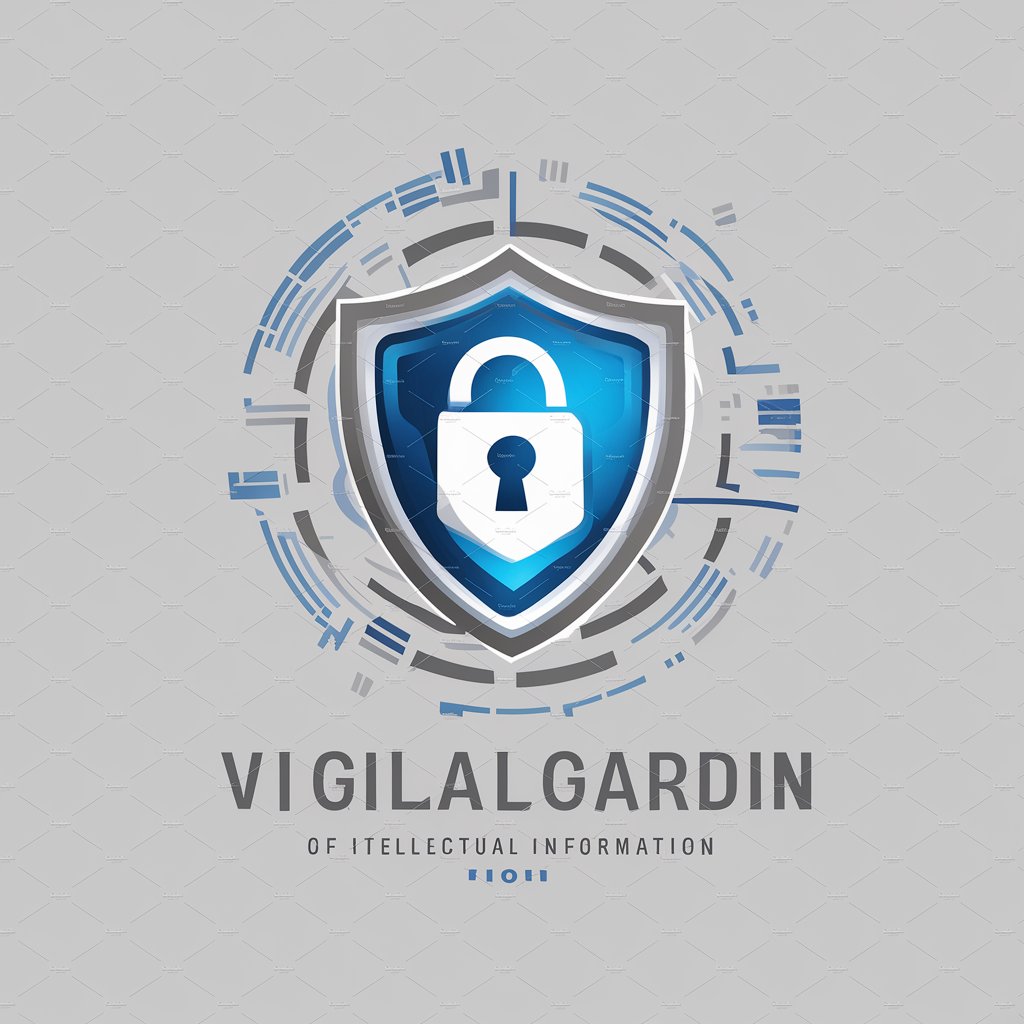
Link Guard
AI-powered URL safety assessments.

Cyber Guard
Empowering cybersecurity with AI-driven insights.
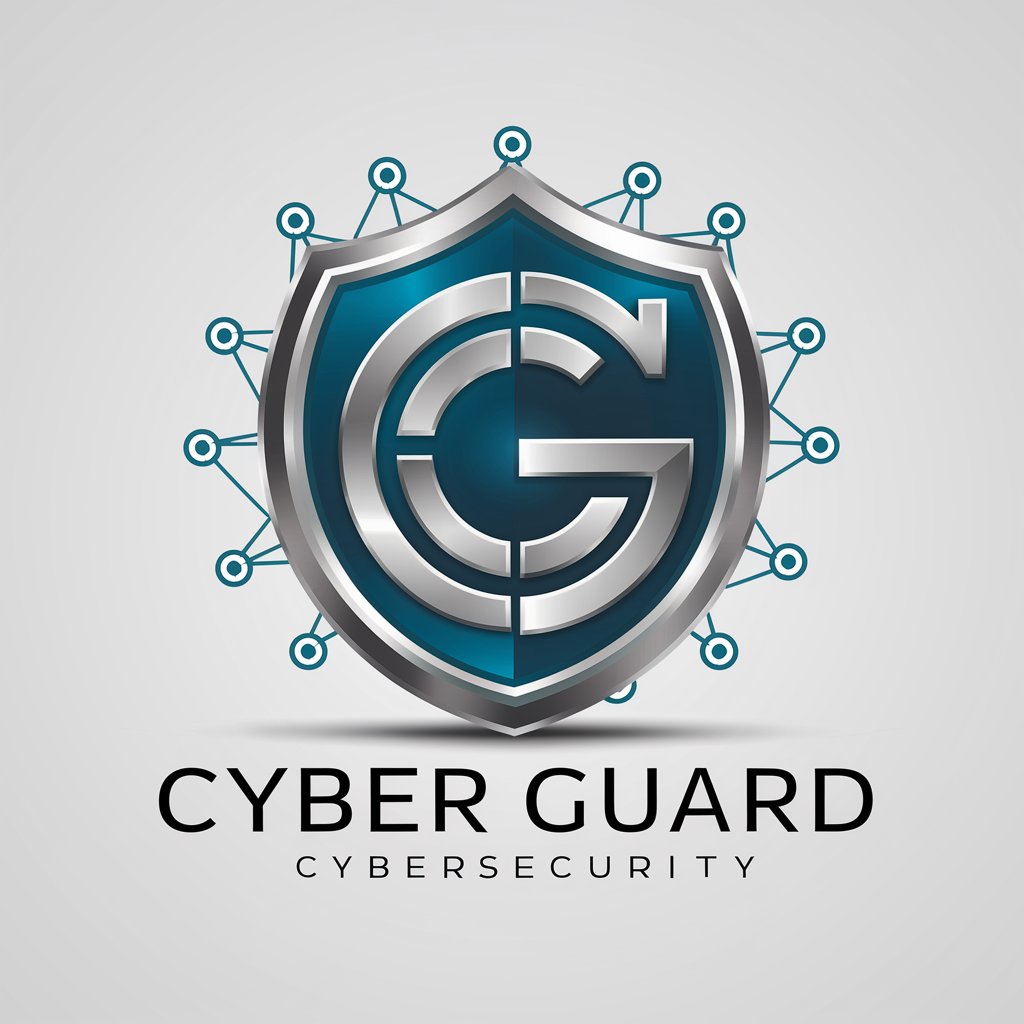
Redis expert
Empowering Redis Solutions with AI

Recipe Cart Assist
Simplify cooking and shopping with AI

Shopping Cart
AI-powered structuring for clarity and ease.

Privacy Guard
Simplifying Privacy Policy Complexity
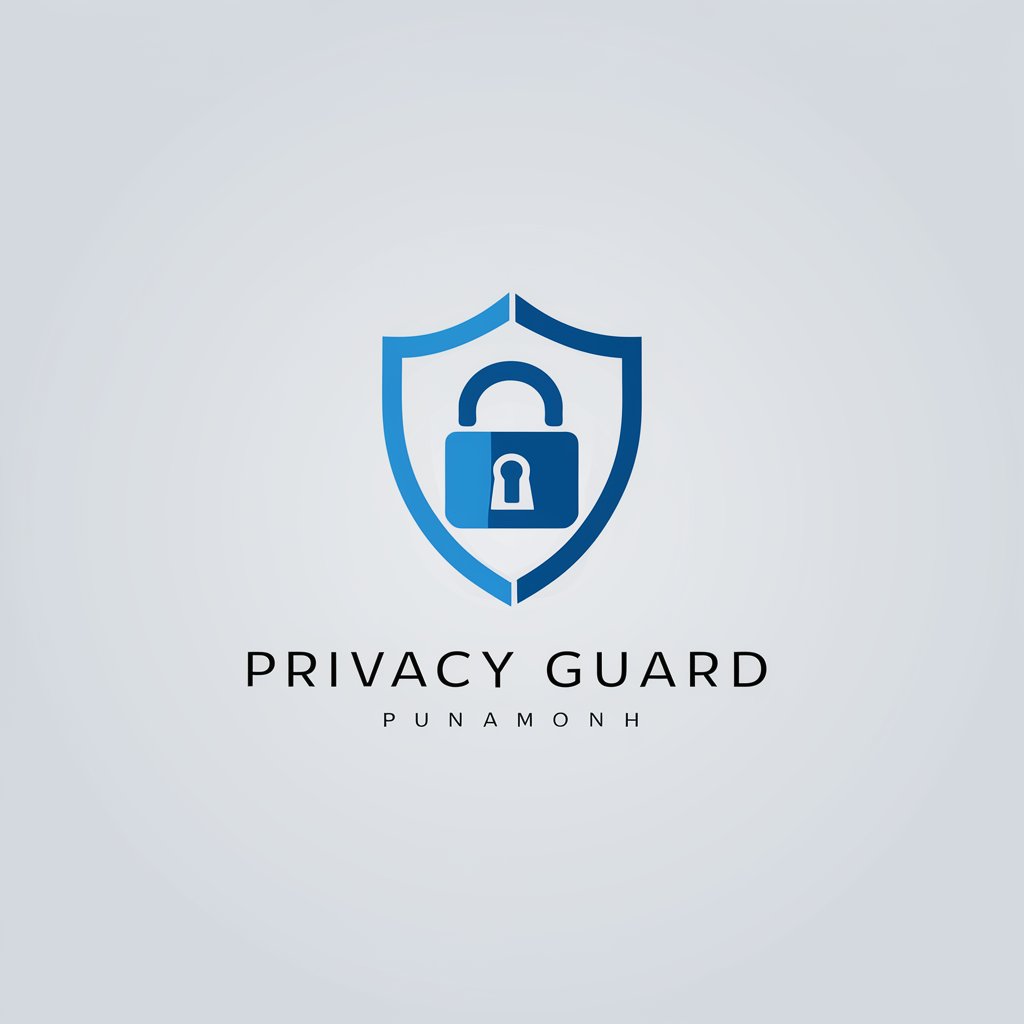
Cyber Guard
Empowering cybersecurity with AI.
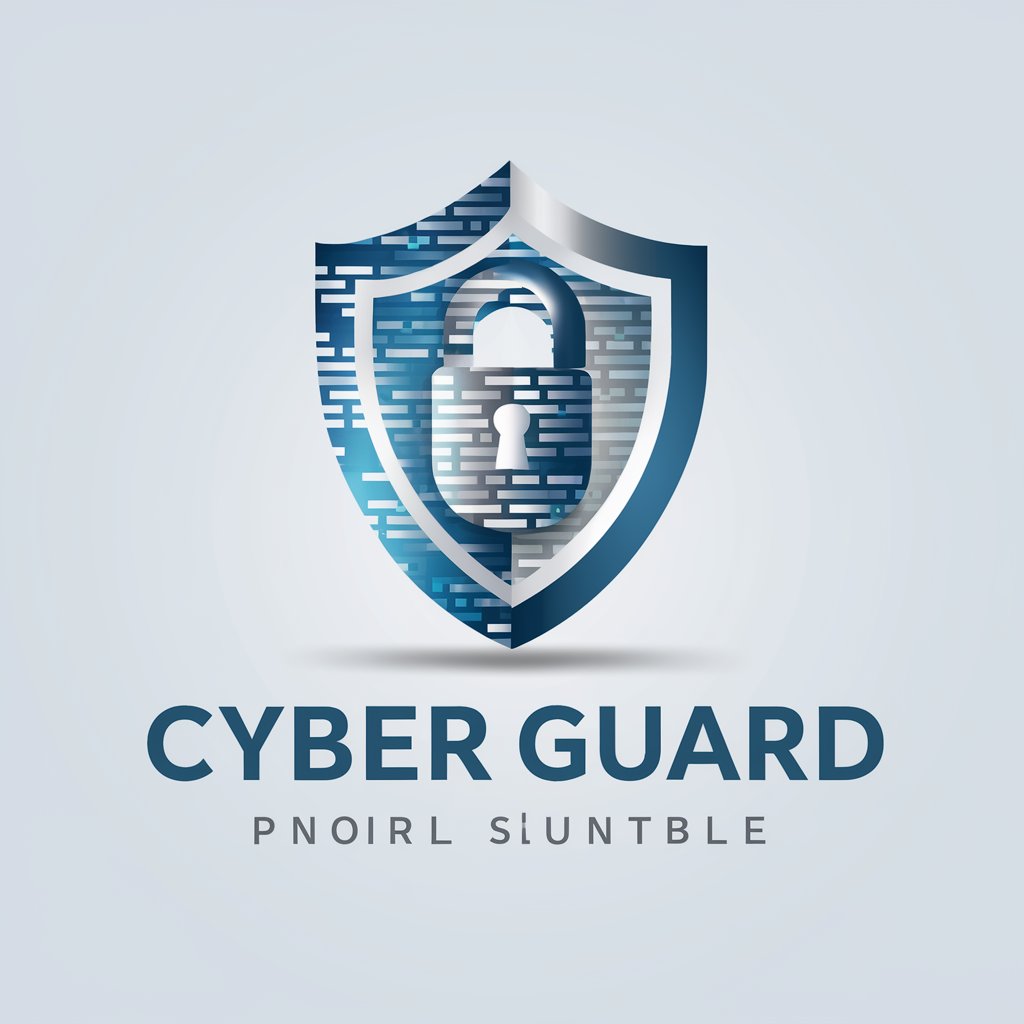
Kobalt Tools Cache
Empowering Projects with AI-driven Tool Insights

Paper Mache Techniques
Craft Your Imagination with AI

InnovAI by Michal Cach
Unleash Creativity with AI-Powered Solutions

Cache Coherency and Consistency Expert
Streamlining System Coherence

Frequently Asked Questions About Cyber Guard
What types of email threats can Cyber Guard identify?
Cyber Guard is capable of identifying various email threats including phishing attempts, malware links, suspicious attachments, and potential scam operations.
Is Cyber Guard suitable for non-technical users?
Yes, Cyber Guard is designed with a user-friendly interface that simplifies cybersecurity concepts, making it accessible for users with varying levels of technical expertise.
Can Cyber Guard integrate with existing email systems?
Currently, Cyber Guard functions as a standalone tool where users manually input suspicious emails for analysis. Integration capabilities may be explored in future updates.
How does Cyber Guard ensure data privacy?
Cyber Guard adheres to strict data privacy standards, ensuring that all user data is processed securely and confidentially.
What differentiates Cyber Guard from other email security tools?
Cyber Guard stands out for its rapid triage process, comprehensive threat intelligence summaries, and its approachability for users of all technical backgrounds.
